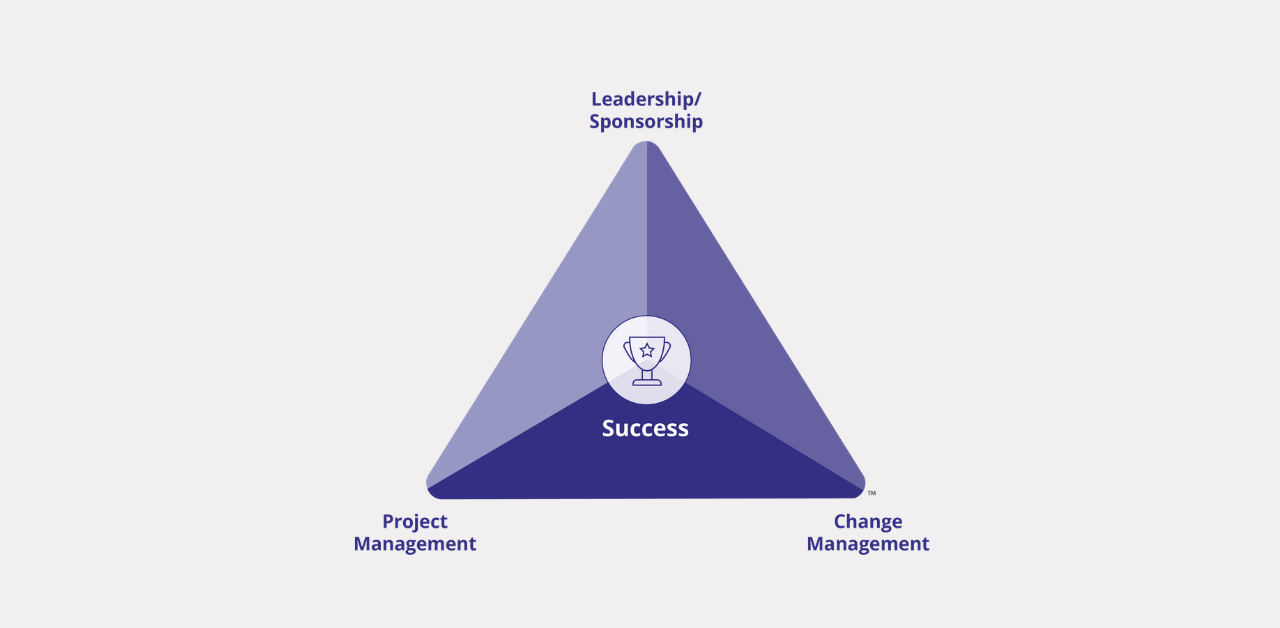Change agent networks are becoming an increasingly used mechanism for building momentum and broad support for change initiatives. Change agents give you capacity and competency in change management. The change agent network can be used to drive adoption and usage for your changes by acting as a communication channel, source of feedback and a single point of contact.
Here’s an example of how a large financial institution successfully implemented a change agent network that later was used to build competency in the organisation for future changes.
My role on the project was Change lead. I was accountable for putting the change management strategy and plan together and to ensure the execution of that plan. I had a change management team working with me that consisted of Learning and development, Human Resource and Internal Communications. I also had some subject matter experts on my team.
The client
A large financial institution with a 600-seat contact centre was implementing a new Customer Relationship Management (CRM) system. The technology was new to the call centre agents and we needed to make sure that we had a strong change management team in place to ensure effective adoption and usage of the system without impacting customer service and service level agreements when we implemented.
The solution
Without going into detail on the technical side of the change, we focused on our change management plan for the people side of change. One of the workstreams on the change management plan was to add change agents to the change management team.
The change agents were selected from the “informal” leaders in each of the teams. They had leadership qualities in the teams, but did not have the leadership title. As the organisation was Prosci site licenced, we could design a change agent training programme based on the Prosci research and methodology and each agent underwent training in their role. This 1 day program was designed by learning and development. Alongside training, we also realised that we would need to update their job specification and their performance measures to cater for the role.
The role of the Change Agent was to;
- Filter communication to their team peers
- Receive feedback from their peers on the CRM implementation
- Feedback to the Change Agent Lead
The role of the Change Agent Lead was to;
- Collate all the feedback and present it back to the project and change team structure
Featured Resources
The challenge
We needed to be very clear on the difference between the role of the change agent and the role of each team’s supervisor, who was accountable for the day-to-day operational delivery of each team. We need to be sure that the change agents did not get involved in the day-to-day operational management of the teams.
The conclusion
The project was considered successful. From a change management point of view:
-
We built competency in the organisation for future changes
-
We identified some potential leaders in the organisation for career progression as a result of the role that they played on the project and the experience they gained
-
We achieved the project objectives and the organisational objectives
- Staff felt involved as the issues they were raising were being heard by the senior project levels
Lessons learned
- Differentiate between the role of change agent and team leaders
- Update change agent job descriptions and make sure you update change agent performance measures
- Show staff you value their feedback by giving them a voice to air their views and then act on them


